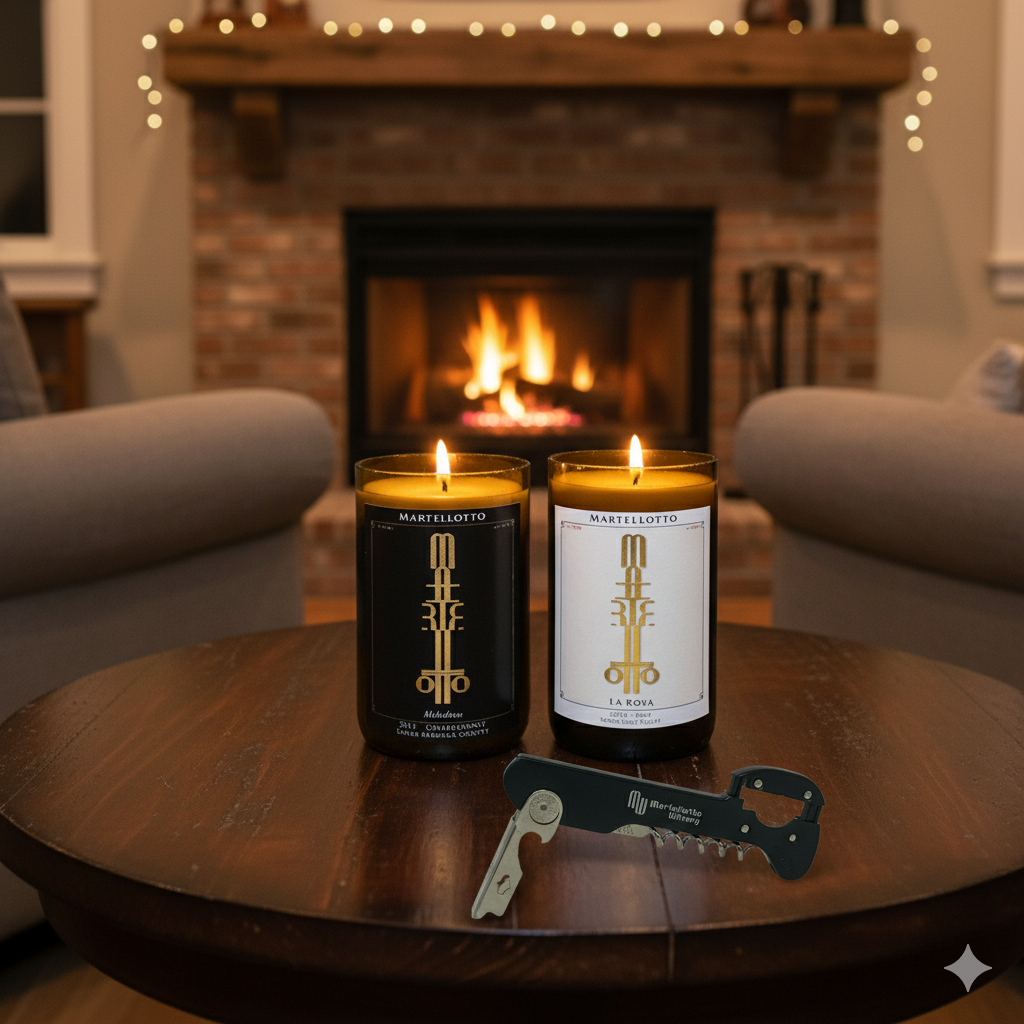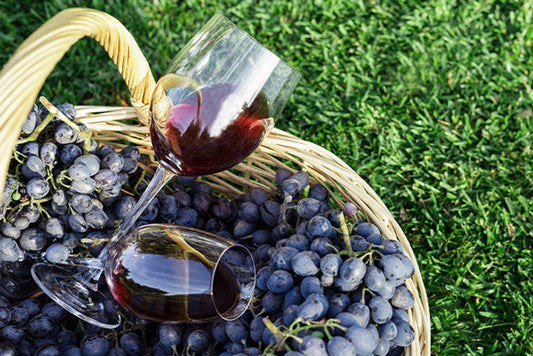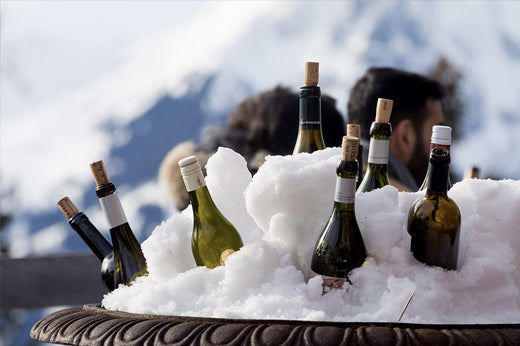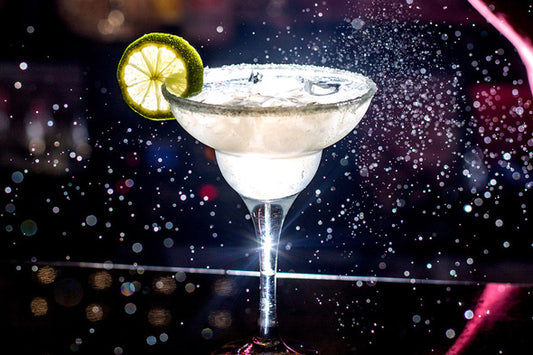
The History of Santa Barbara Wine Country, Part 3: Big Money & Big Business
Santa Barbara Wine Country may be the most dynamic wine region in California today. From the Wine Ghetto in Lompoc to the newest AVA, Alisos Canyon, innovation abounds.
Only 50 years old, the wine business of the Central Coast has become invaluable to California’s economy. After Prohibition, there was no wine business. Today, Santa Barbara Wine Country contributes $1.75B and 10,000 jobs to the state’s economy. (Alison Laslett, CEO of Santa Barbara Vintners)
This three-part series follows the path of this astonishing growth.
Original Pioneers Yield to Big Business
Even though Santa Barbara County still conjures the Old West, staggering change continues as the region expands. It now competes with Napa, Sonoma, and Paso Robles for the attention of wine drinkers, tourists, and industry professionals.
With the growing reputation of the wines and the establishment of AVAs, more large wine companies from northern California took notice.
Though many first-generation winemakers passed their businesses onto the next generation, others sold. Opportunities arose for companies to buy out existing properties at values significantly below the more famous AVAs in the north.
Early pioneers who sold, did so for different reasons. Some because of health issues, divorce, or disinterested children. Others due to estate planning or dissatisfied business partners.
Lesser-known areas of California and even other states beckoned talented winemakers, enticing them to consult or start new projects. Some second-generation owners couldn’t raise much-needed capital to compete as the industry grew.
Dale Hampton created a thriving wine grape-growing business in Texas. Bob Lindquist of Qupe went to make wine in Provence, France. Other wineries, such as Fess Parker, expanded into lodging, events, or restaurants.
Large northern California companies moved in to take advantage of the generational change. One major acquisition came when Terlato Wine Company purchased the iconic Sanford Winery in 2002. By 2005, they were majority owners. In 2007, they bought the famous and much-loved Sanford and Benedict vineyard.
Richard Sanford, the first proponent of organic viticulture in the county, was inducted into the Vintners Hall of Fame in 2012, Santa Barbara’s first such honoree. In 2014, he sold his Alma Rosa Winery & Vineyards, begun in 2005, due to bankruptcy. Richard became a wine consultant to those with more resources.
Jackson Family Wines entered the county through acquisitions. In 2006, they purchased the iconic winery founded by Ken Brown, Byron Winery, from Robert Mondavi, including the historic vineyards below.
- Santa Maria Valley (Bien Nacido, Nielson, Julia’s, and Sierra Madre vineyards)
- Sta. Rita Hills (Rita’s Crown, La Encantada, and John Sebastiano)
On May 18, 2017, Jackson purchased Brewer-Clifton with its 60 acres of estate vineyards.
Insurance executive, William P. Foley, purchased Firestone Winery and vineyards in 2007. He owns Foley Vineyards and Lincourt Vineyards, both in Santa Barbara County. He owns the Vegas Golden Knights hockey team.
Big Money and Big Business, indeed! The opportunities were just too attractive for those companies rich with cash.

Growing Economic Impact
Santa Barbara’s wine industry shifted from the realm of personal dreams of small winemakers into the realm of business. Wineries and vineyards needed capital to meet ever-expanding consumer demand.
Throughout the late 1990s and 2000s, the U.S. wine industry also felt the impact of increasing global competition which has only grown stronger.
To better insulate their businesses, Santa Barbara wineries began developing tasting rooms to cater to tourists and searching out export opportunities. The industry adopted new research and techniques in the vineyards and wineries to improve quality.
By 2010, Santa Barbara County welcomed more than 100 wineries, with over 20k acres planted with over 65 different grape varieties.
Improved quality brought more recognition and a growing premium wine category with more boutique producers.
Wine became a significant driver of Santa Barbara County’s economy, culture, and community. The growth since Prohibition is astounding as the following data points show.
Approval of Seven Santa Barbara County AVAs:
- 1981: Santa Maria Valley
- 1983: Santa Ynez Valley
- 2001: Sta. Rita Hills
- 2009: Happy Canyon of Santa Barbara
- 2013: Ballard Canyon
- 2015: Los Olivos District
- 2020: Alisos Canyon (August 25)
The Santa Barbara County Vintners Association was formed in 1983.
Statistics from the 2018 Santa Barbara County Crop Report
- 7 Approved American Viticultural Areas (AVA)
- 70+ Different Wine Grape Varieties Grown
- 275+ Wineries
- 1 Million Wine-related Tourists
- $205 Million Tourist Spending
- $121 Million Revenue (wine grapes)
- $93 Million Tax Impact
- $1 Million Local Charitable Contributions
- 9,158 Full-time Equivalent Jobs
- 21,500 Planted acres, 16,166 harvested
- $1.75 Billion Annual Economic Impact

Wine grapes are Santa Barbara County’s second most valuable agricultural product after strawberries. Within 50 years, the revenue from wine grapes reached 25% that of strawberries, long the dominant revenue generator. Wine is #1 among finished products.
Composition of Planted Wine Grapes

| Chardonnay | 35% | Merlot | 2% |
| Pinot Noir | 33% | Riesling | 1% |
| Syrah | 9% | Viognier | 1% |
| Sauvignon Blanc | 5% | Cabernet Franc | 1% |
| Cabernet Sauvignon | 3% | Grenache Blanc | 0% |
| Pinot Gris | 3% | Other | 5% |
| Grenache | 2% |
Santa Barbara’s enterprising wine grape growers and winemakers continue to explore and innovate. Grape growers continue to refine the combination of soils and grapes to better express the terroir in the wine.

Tourism Rises
Tourism, critical to Santa Barbara Wine Country’s success, generates about 2/3 of the industry’s wine sales.
Beyond wine, visitors love the natural beauty of the area and the focus on sustainability and healthy lifestyles. The Mediterranean-style climate, cooled by strong Pacific Ocean breezes, the “ranching” lifestyle, and nearby beaches and mountains, add to the love affair.
But perhaps no event changed the image of Santa Barbara Wine Country more than the 2004 release of Alexander Payne’s film Sideways.
Consumer demand for Pinot Noir skyrocketed and pushed growers to plant more throughout California. Tourism soared because people wanted to see this beautiful area for themselves.
Marketing efforts began to promote local travel and in-person wine experiences.
Close to Los Angeles and not far from San Francisco, the laid-back atmosphere offered a welcome alternative to those busy cities. Marketers highlighted a more relaxed, less crowded, and less expensive visit than Napa and Sonoma.
Wine tours became popular and Santa Barbara’s diversity of wine styles appealed to wine lovers. The Santa Barbara Vintners Association created nine different wine routes for travelers. With dozens of tasting rooms, people could choose from many options to customize their tour.
The Santa Barbara wine industry has long been committed to sustainable agriculture, which has never been more valuable. Here, enthusiasts can choose sustainable wine tours.
Now a premier tourist destination, opportunity still abounds because visits to the county lag those of other California wine regions.
Current and Future Challenges
With all the good news, the wine industry faces many challenges:
- climate change resulting in drought and fire
- increasing costs of sustainable and organic viticulture
- overcrowding, traffic, land use
- oversupply of grapes
- immigration and labor issues including machine-harvesting
- vineyard diseases and pests
- tariffs and other regulatory issues
- generational changes, both industry and consumer
- local, domestic, and international competition
- unfavorable demand and sales trends
Many in Santa Barbara Wine Country are fearful of morphing from the Old West, laid-back ranch vibe into a concentrated, mega-lux wine tourist money-making machine.
Necessary and inevitable change is not always easy or accepted. Though the people here maintain close bonds, they will be tested when searching for solutions to challenging issues.

Recent Challenges: Cannabis and COVID-19
Cannabis
This potentially formidable competitor confronts and challenges the wine business in Santa Barbara County in new ways. The introduction of legal cannabis has been controversial, introducing many issues:
- strong odors released during processing
- cross-contamination from the use of pesticides
- conflicting licensing, regulations, and land-use policies
- the large size of operations
- traffic and environmental concerns
Upon legalization in 2018, California allowed local jurisdictions to define their rules. Santa Barbara County legislators were lenient, allowing 2,221 licenses, the most in the state.
Local business owners, grape growers, wineries, and citizens came together to form the Santa Barbara Coalition for Responsible Cannabis. In May 2019, they filed a lawsuit against the county’s supervisory board to limit the size and number of cannabis farms.
Some wineries want to bridge the gap by starting their own cultivation, encouraging smaller growers. They also want to reach out to younger consumers and tourists with interests other than wine.
The Santa Barbara County Board of Supervisors recently announced a meeting to discuss the license application process for cannabis retail storefronts.
Future success demands cooperation between these two important industries.
COVID-19
The global pandemic has forced the industry to adapt and innovate yet again, as it has everywhere.
Wineries remain open for the moment for limited outdoor tastings complete with social distancing, the use of masks, and careful service. Some include limited food options.
Public and private virtual tastings keep wineries connected to consumers. Maintaining and strengthening ties with wine club members, retailers, mailing lists, and exporters helps supplement limited on-premise sales. Customers can take advantage of curbside pickup and free or discounted shipping.
Ongoing community efforts include:
- local donation and fundraising efforts, including wine deliveries to hospitals and medical centers
- raising funds for frontline workers, bartenders, and wait-staff
- developing partnerships across industries to support small businesses
Many wineries may expand further into foodservice in the future after experimenting during this time. Others will partner with local restaurants or other food providers.
Tourism may offer hope. People want to get out after spending months at home. Those lucky enough to live within driving distance can visit wine country. With the precipitous drop in tourism earlier in the year, the industry cherishes every visitor.

A Sustainable Future
The Santa Barbara wine industry lives its values, with sustainability leading the way. Managing the environment is not just a survival imperative but a business one.
Many vineyards practice sustainable, organic, and biodynamic farming, though some don’t pursue certification due to the increased costs.
Appealing to changes in the market, the industry has responded with new production methods, such as little to no intervention winemaking. While the direct to consumer (DTC) model, including wine clubs, has a long history here, it is a good fit for wines made with these new techniques.
Quality-driven, responsible winemaking makes for satisfying business.
The wines of Santa Barbara County reveal these values in their finesse and precision. Wines produced here are singular, pure expressions of the unique terroirs of the region, delivering extraordinary value at reasonable prices.
Without any doubt, Santa Barbara Wine Country will continue to shine.

About Martellotto Winery
Martellotto Winery, located in Buellton in Santa Barbara County, produces award-winning Bordeaux-style wines.
This boutique winery dedicated to producing world-class wines stands in homage to Greg’s Italian grandfather, who made wine in his basement during Prohibition.
Martellotto Winery creates handcrafted, beautiful, and exciting wines using selected grapes from across California’s Central Coast, including Happy Canyon of Santa Barbara, Sta. Rita Hills, Santa Ynez Valley, and Santa Maria Valley.
Martellotto is one of the few wineries producing single varietal wines of the five noble Bordeaux grapes: Merlot, Cabernet Sauvignon, Cabernet Franc, Petit Verdot, and Malbec.





